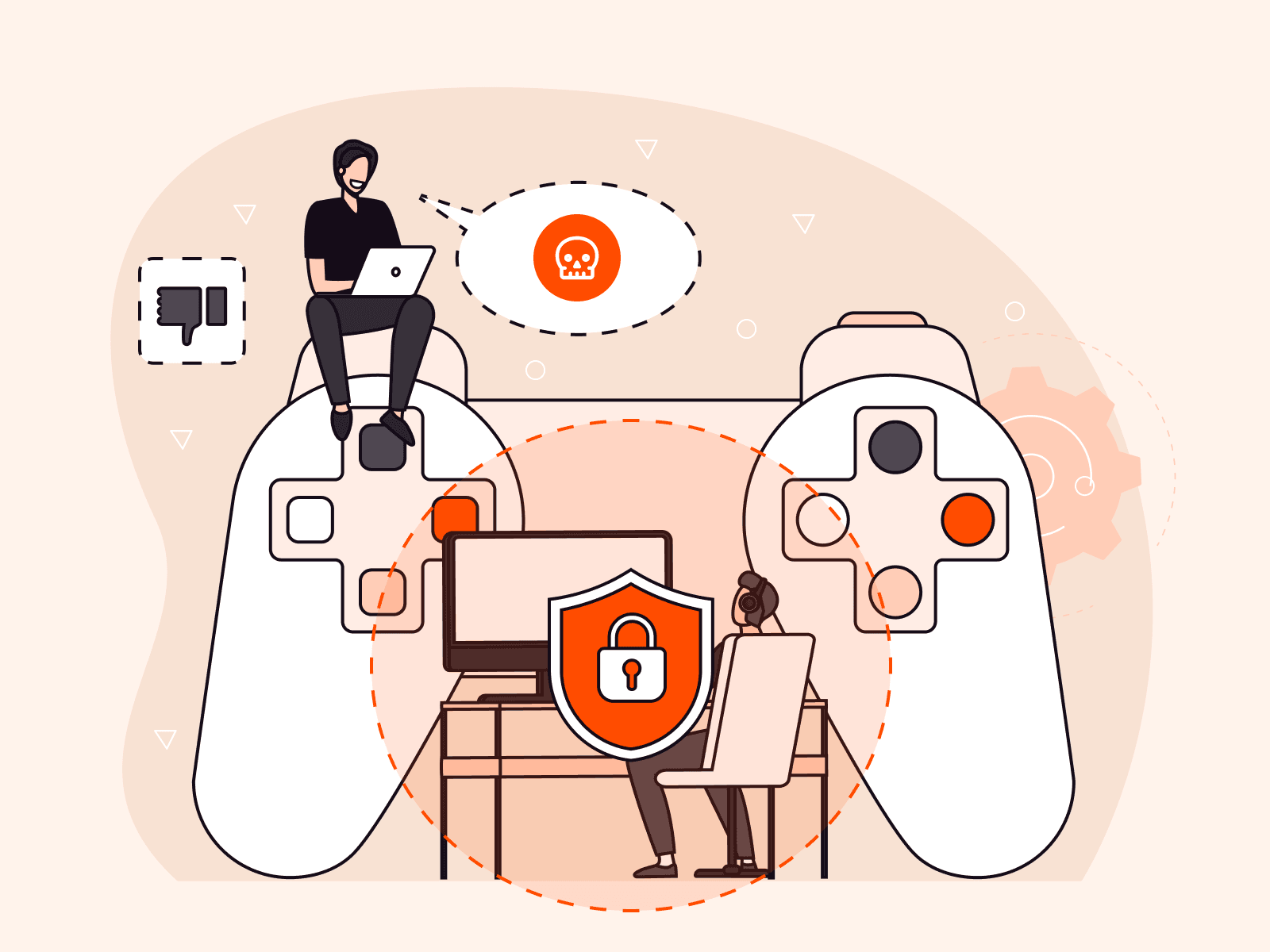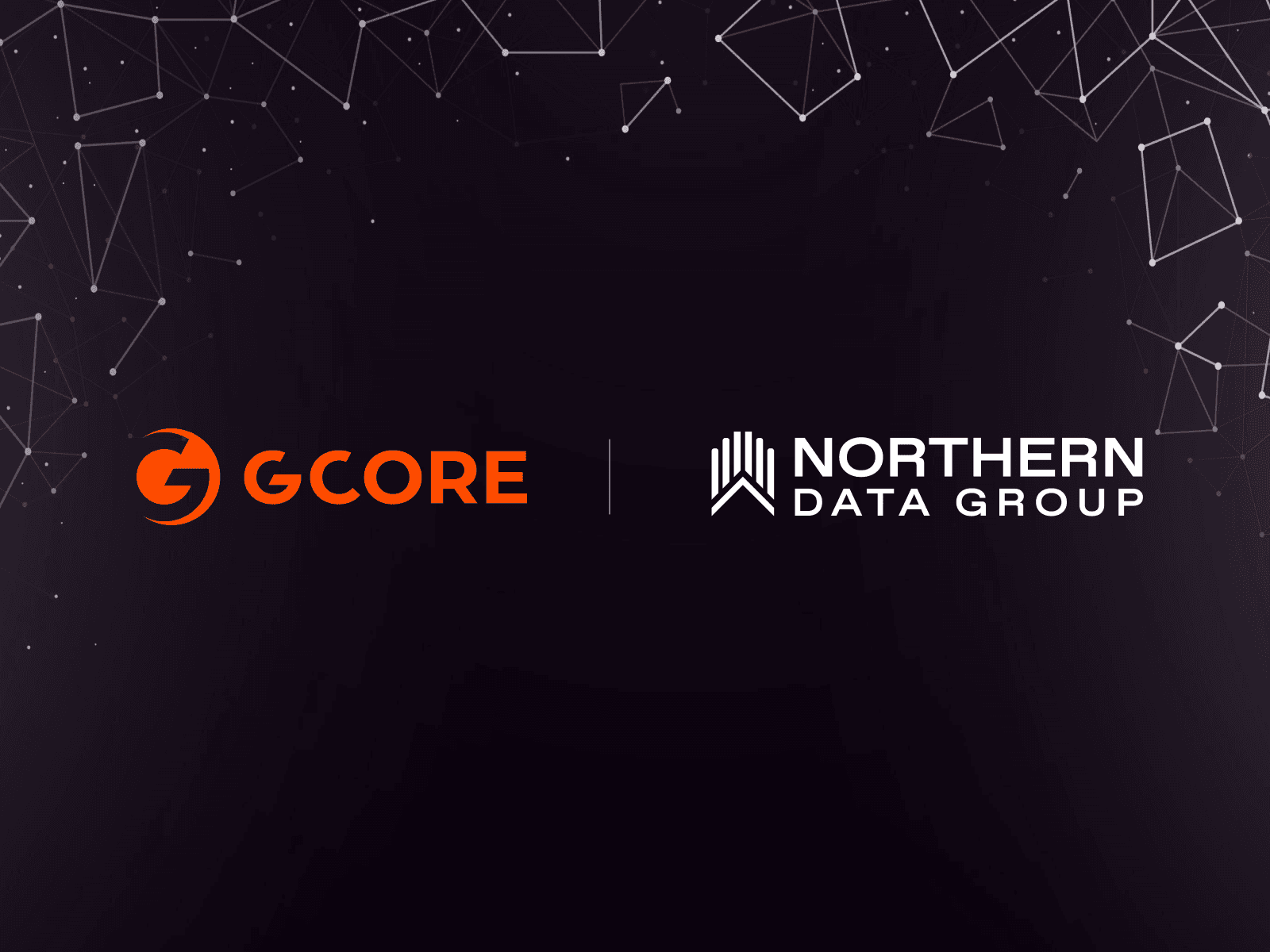It’s been a busy and exciting year here at Gcore, not least because we celebrated our 10th anniversary back in February. Starting in 2014 with a focus on gaming, Gcore is now a global edge AI, cloud, network, and security solutions provider, supporting businesses from a wide range of industries worldwide.
As we start to look forward to the new year, we took some time to reflect on ten of our highlights from 2024.
1. WAAP launch
In September, we launched our WAAP security solution (web application and API protection) following the acquisition of Stackpath’s edge WAAP. Gcore WAAP is a genuinely innovative product that offers customers DDoS protection, bot management, and a web application firewall, helping protect businesses from the ever-increasing threat of cyber attacks. It brings next-gen AI features to customers while remaining intuitive to use, meaning businesses of all sizes can futureproof their web app and API protection against even the most sophisticated threats.
My highlight of the year was the Stackpath WAAP acquisition, which enabled us to successfully deliver an enterprise-grade web security solution at the edge to our customers in a very short time.
Itamar Eshet, Senior Product Manager, Security
2. Fundraising round: investing in the future
In July, we raised $60m in Series A funding, reflecting investors’ confidence in the continued growth and future of Gcore. Next year will be huge for us in terms of AI development, and this funding will accelerate our growth in this area and allow us to bring even more innovative solutions to our customers.
3. Innovations in AI
In 2024, we upped our AI offerings, including improved AI services for Gcore Video Streaming: AI ASR for transcription and translation, and AI content moderation. As AI is at the forefront of our products and services, we also provided insights into how regulations are changing worldwide and how AI will likely affect all aspects of digital experiences. We already have many new AI developments in the pipeline for 2025, so watch this space…
4. Global expansions
We had some exciting expansions in terms of new cloud capabilities. We expanded our Edge Cloud offerings in new locations, including Vietnam and South Korea, and in Finland, we boosted our Edge AI capabilities with a new AI cluster and two cutting-edge GPUs. Our AI expansion was further bolstered when we introduced the H200 and GB200 in Luxembourg. We also added new PoPs worldwide in locations such as Munich, Riyadh, and Casablanca, demonstrating our dedication to providing reliable and fast content delivery globally.
5. FastEdge launch
We kicked off the year with the launch of FastEdge. This lightweight edge computing solution runs on our global Edge Network and delivers exceptional performance for serverless apps and scripts. This new solution makes handling dynamic content even faster and smoother. We ran an AI image recognition model on FastEdge in an innovative experiment. The Gcore team volunteered their pets to test FastEdge’s performance. Check out the white paper and discover our pets and our technological edge.
6. Partnerships
We formed some exciting global partnerships in 2024. In November, we launched a joint venture with Ezditek, an innovator in data center and digital infrastructure services in Saudi Arabia. The joint venture will build, train, and deploy generative AI solutions locally and globally. We also established some important strategic partnerships. Together with Sesterce, a leading European provider of AI infrastructure, we can help more businesses meet the rising challenges of scaling from AI pilot projects to full-scale implementation. We also partnered with LetzAI, a Luxembourg-based AI startup, to accelerate its mission of developing one of the world’s most comprehensive generative AI platforms.
7. Events
It wasn’t all online. We also ventured out into the real world, making new connections at global technology events, including the WAICF AI conference and Viva Tech in Cannes and Paris, respectively; Mobile World Congress in Barcelona; Gamescom in Cologne in August; IBC (the International Broadcasting Convention) in Amsterdam; and Connected World KSA in Saudi Arabia just last month. We look forward to meeting even more of you next year. Here are a few snapshots from 2024.


8. New container registry solution
September kicked off with the beta launch of Gcore Container Registry, one of the backbones of our cloud offering. It streamlines your image storage and management, keeping your applications running smoothly and consistently across various environments.
9. GigaOm recognition
Being recognized by outside influences is always a moment to remember. In August, we were thrilled to receive recognition from tech analyst GigaOm, which noted Gcore as an outperformer in its field. The prestigious accolade highlights Gcore as a leader in platform capability, innovation, and market impact, as assessed by GigaOm’s rigorous criteria.
10. New customer success stories
We were delighted to share some of the work we’ve done for our customers this year: gaming company Fawkes Games and Austrian sports broadcaster and streaming platform fan.at, helping them with mitigating DDoS attacks and providing the infrastructure for their sports technology offering respectively.
And as a bonus number 11, if you’re looking for something to read in the new year lull, download our informative long reads on topics including selecting a modern content delivery network, cyber attack trends, and using Kubernetes to enhance AI. Download the ebook of your choice below.
- The essential guide to selecting a modern CDN eBook
- Gcore Radar: DDoS attack trends in Q1-Q2 2024 report
- Accelerating AI with Kubernetes
Here’s to 2025!
And that’s it for our 2024 highlights. It’s been a truly remarkable year, and we thank you for being a part of it. We’ll leave you with some words from our CEO and see you in 2025.
2024 has been a year of highs, from our tenth anniversary celebrations to the launch of various new products, and from expansion into new markets to connecting with customers (new and old) at events worldwide. Happy New Year to all our readers who are celebrating, and see you for an even bigger and better 2025!
Andre Reitenbach, CEO
Related articles
Subscribe to our newsletter
Get the latest industry trends, exclusive insights, and Gcore updates delivered straight to your inbox.






